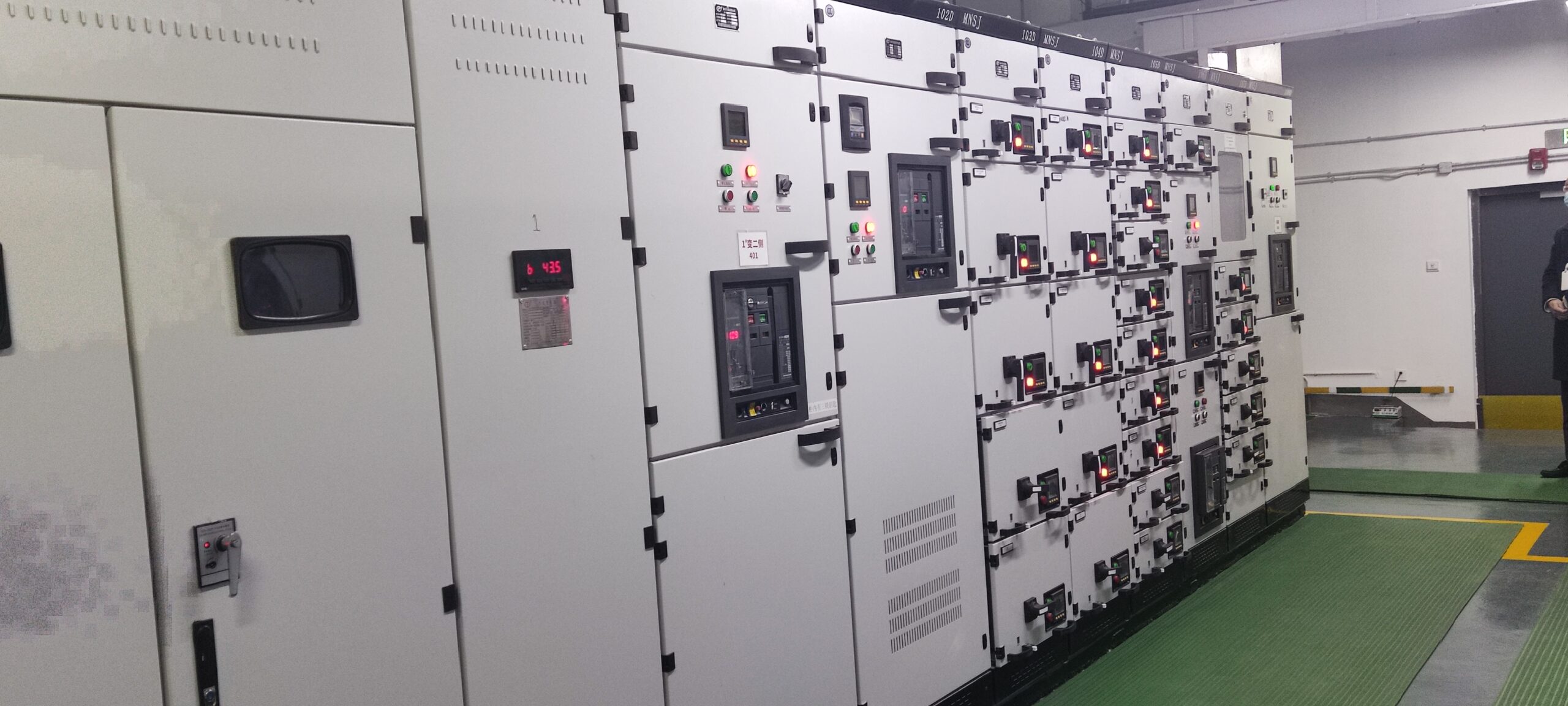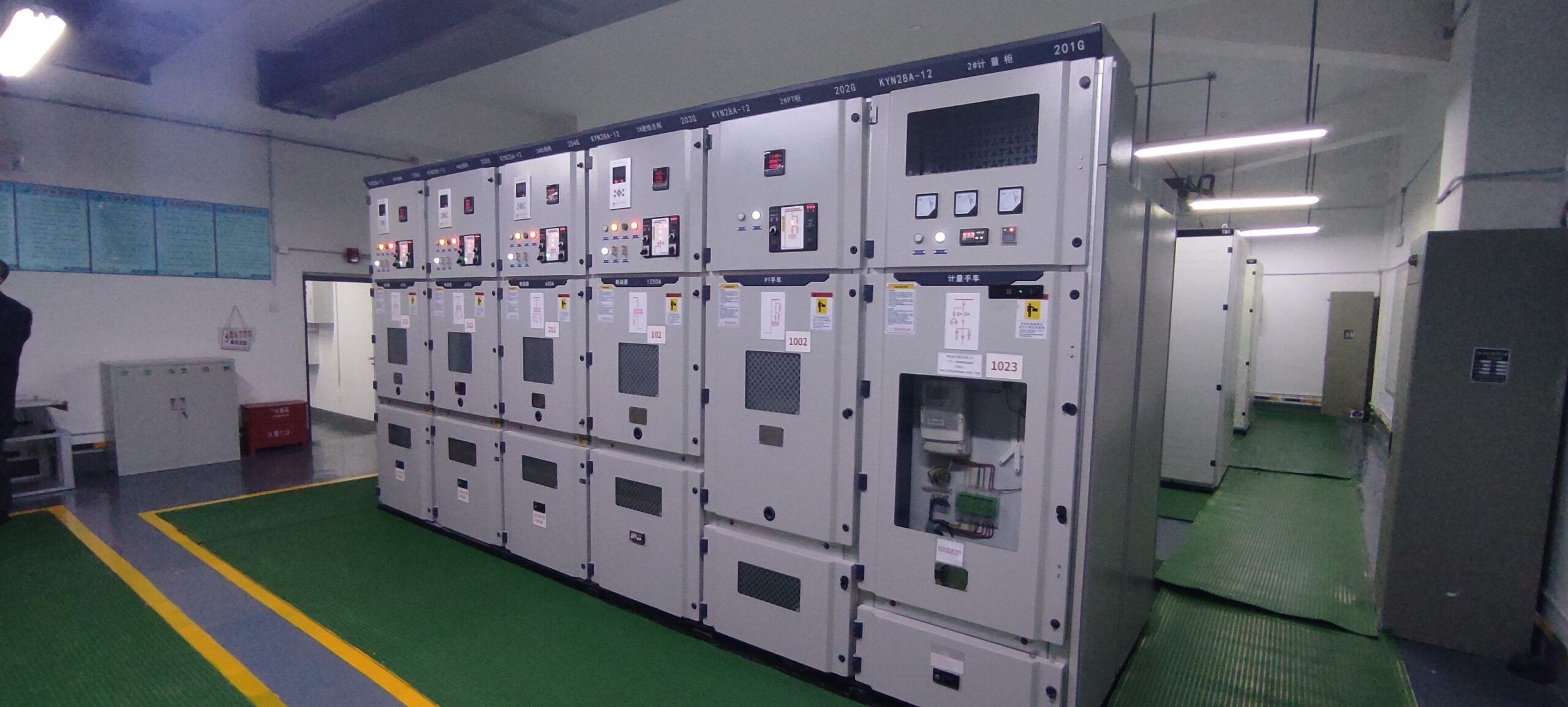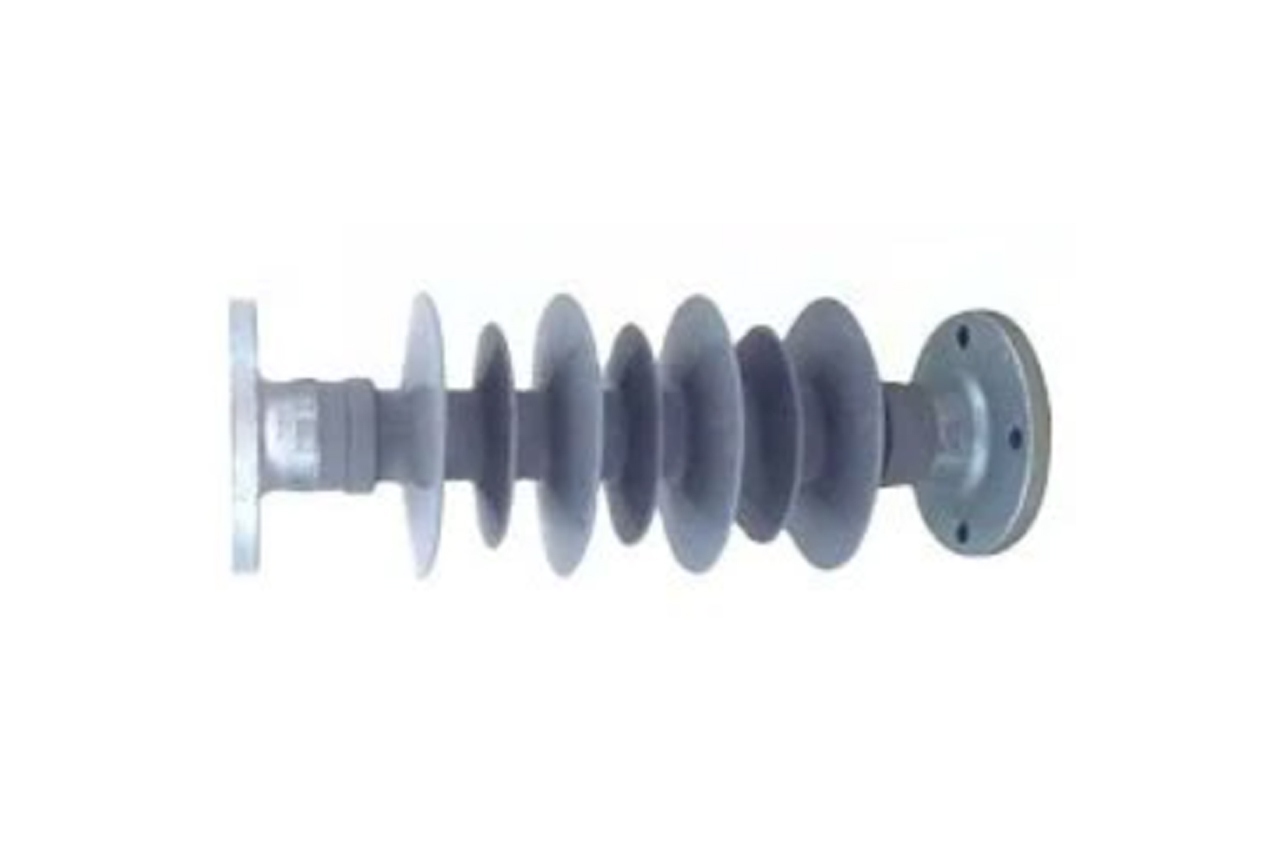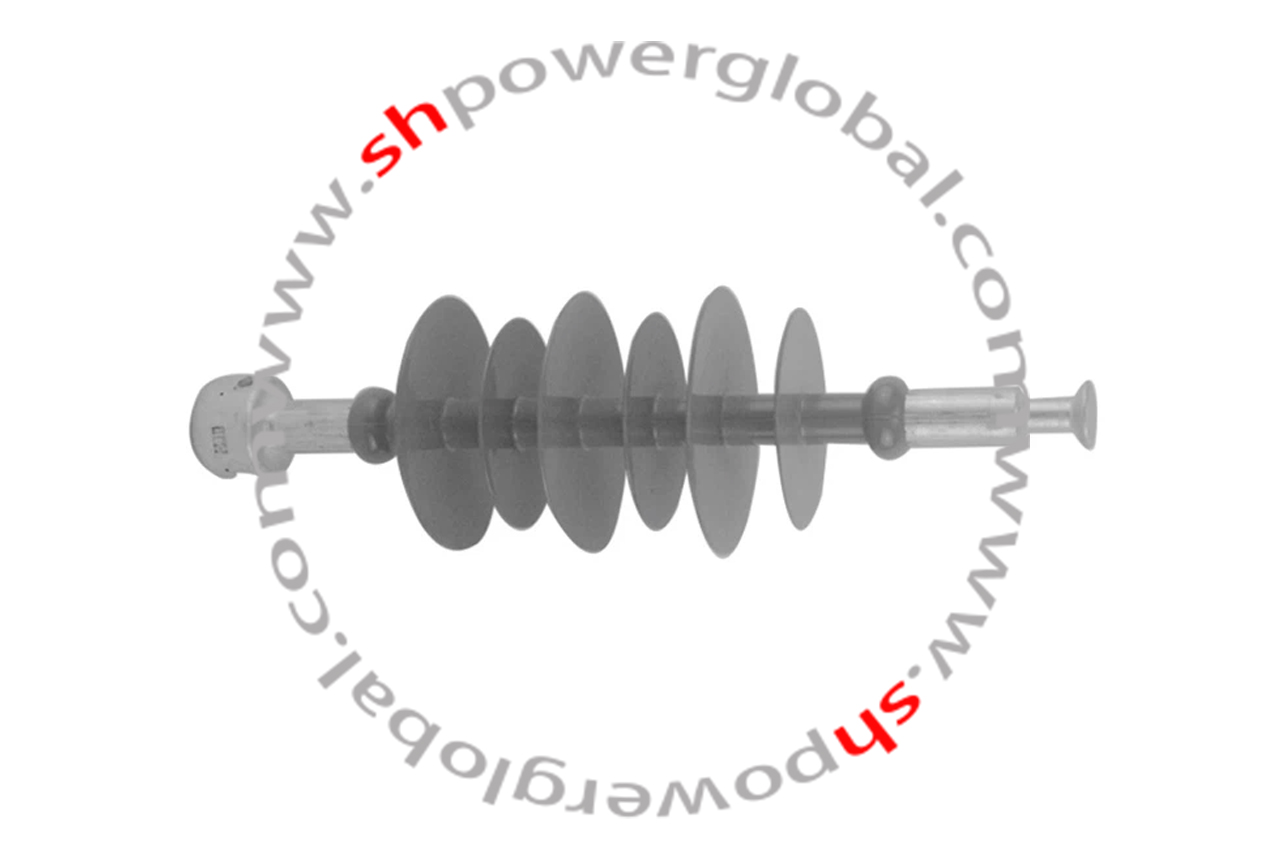Table of Contents
Toggle1. Project Overview
Project Location: Nanjing, Jiangsu Province.
Project Scale: The commercial area is about 30,000 square meters, covering a variety of business formats such as retail, catering, and entertainment.
Electricity Demand: The electrical load of the commercial complex includes lighting, air conditioning, elevators, catering equipment, intelligent systems, etc., and needs to meet the requirements of high reliability and flexibility.
2. Design Principles for Power Distribution
Reliability: Use dual-circuit power supply or backup power to ensure uninterrupted power supply for important loads (such as fire-fighting equipment and intelligent systems).
Flexibility: Modular design for easy expansion and adjustment in the future.
Energy-saving and Environmental Protection: Select high-efficiency and energy-saving equipment, such as low-loss transformers and LED lighting systems, and configure reactive power compensation devices.
Intelligent Management: Integrate an intelligent power distribution monitoring system to achieve remote monitoring, fault diagnosis, and energy consumption analysis.
3. Power Distribution System Design
3.1 Load Calculation
Load Classification:
- Primary Load: Fire-fighting equipment, emergency lighting, intelligent systems, etc.
- Secondary Load: Elevators, air conditioning, catering equipment, etc.
- Tertiary Load: General lighting, retail equipment, etc.
Load Calculation: Use the demand factor method to calculate the electricity load of each area to ensure that the transformer capacity and power distribution lines meet the maximum load requirements.
3.2 Transformer Configuration
Transformer Capacity: Based on the load calculation results, configure multiple transformers (such as 2×1250kVA or 2×1600kVA), using a split operation mode to improve power supply reliability.
Transformer Type: Select low-loss dry-type transformers to reduce no-load and load losses.
3.3 Power Distribution Network
High-Voltage Distribution: Use 10kV dual-circuit incoming lines, and configure high-voltage switchgear (such as KYN28 type) to ensure power supply reliability.
Low-Voltage Distribution: Use MNS low-voltage switchgear, and configure drawer-type functional units for easy maintenance and expansion.
Distribution Lines: Select flame-retardant cables, laid in cable trays or cable trenches to ensure line safety and aesthetics.
3.4 Reactive Power Compensation
Compensation Method: Configure reactive power compensation devices (such as SVG or capacitor banks) on the low-voltage side to increase the power factor to above 0.9 and reduce line losses.
4. Intelligent Power Distribution System
Monitoring System: Configure intelligent electricity meters and monitoring terminals to collect voltage, current, power, and other data in real-time, achieving remote monitoring and energy consumption analysis.
Fault Diagnosis: Integrate fault alarm and location functions to quickly respond to abnormalities in the power distribution system.
Energy Management: Optimize electricity usage strategies through data analysis to reduce operating costs.
5. Safety and Environmental Protection Measures
Five-Prevention Functions: High-voltage switchgear is equipped with mechanical or electrical interlocking devices to prevent misoperation.
Grounding and Lightning Protection: Configure a complete grounding system and lightning protection devices to ensure the safety of equipment and personnel.
Environmental Design: Select environmentally friendly materials to reduce environmental impact.
6. Future Expansion and Maintenance
Expandability: The power distribution system design reserves a certain capacity for future commercial format adjustments and expansion.
Maintenance Convenience: Modular design and intelligent monitoring reduce maintenance difficulty and cost.
7. Conclusion
The power distribution design scheme needs to be combined with the electricity usage characteristics of the commercial complex to ensure high reliability, flexibility, and energy-saving and environmental protection. By reasonably calculating the load, configuring transformers, managing intelligently, and implementing safety measures, the long-term operational needs of the project can be met, and space can be reserved for future expansion.








